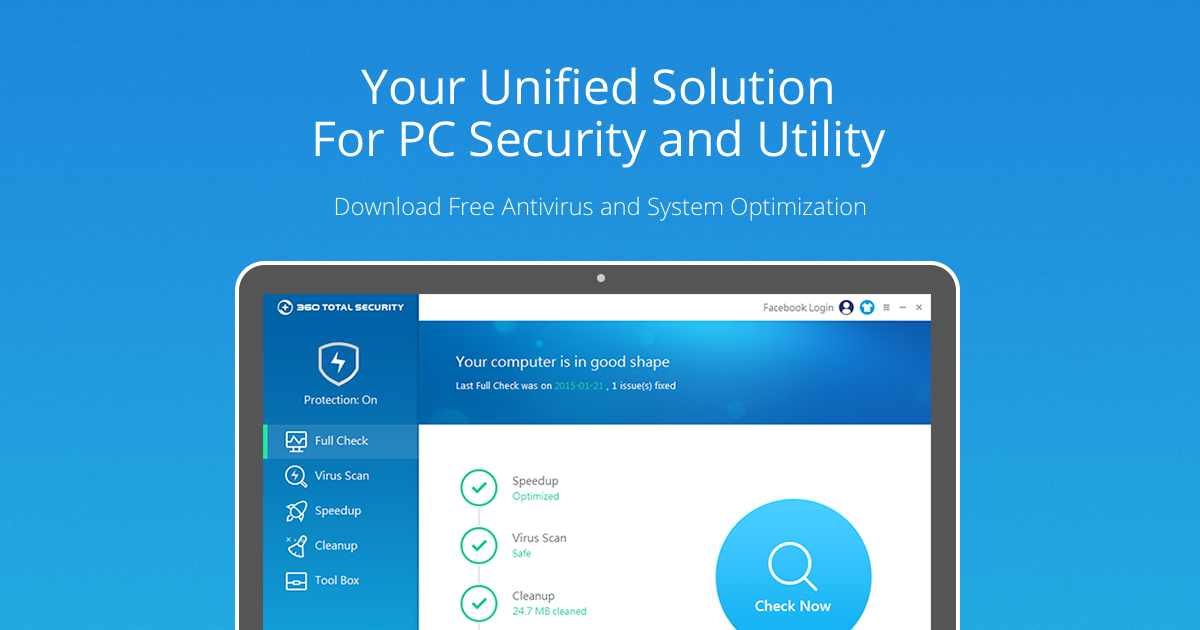Specification:
Basic Information
Brand: LEAGOO
Language: Japanese, Chinese (Traditional), Chinese (simplified), Chinese (Hong Kong), Indonesian, Malay, Catalan, Czech, Danish, Portuguese, Roman, Slovak, Slovenian, Finnish , Swedish, Vietnamese, Turkish, Greek, Arabic, Urdu, Hebrew (Israel), Armenian, Ukrainian, Serbian, Russian, Kazakh, Bulgarian, French, Tagalog, Spanish (US), Spanish, English (UK), English (US), Estonian, German (Switzerland), German language (Austria), Croatian, Italian, Latvian, Lithuanian, Hungarian, Dutch, Polk Merle, Polish, Portuguese (Brazil), Urdu, Arabic, Persian, Hindi, Bengali, Thai , Burmese (official), Cambodian, Korean (Korean)
OS: Android 7.0
Service Provider: Unlocked
SIM Card Slot: Dual SIM, Dual Standby
SIM Card Type: Nano SIM Card
Type: 4G Phablet
Hardware
CPU: MTK6750T
Cores: 1.5GHz, Octa Core
External Memory: TF card up to 256GB
RAM: 3GB RAM
ROM: 32GB
Network
2G: GSM 1800MHz,GSM 1900MHz,GSM 850MHz,GSM 900MHz
3G: WCDMA B1 2100MHz,WCDMA B8 900MHz
Network type: FDD-LTE,GSM,TDD-LTE,WCDMA
WIFI: 802.11b/g/n wireless internet
Wireless Connectivity: 3G,4G,A-GPS,Bluetooth,GPS,GSM,WiFi
4G LTE: FDD B1 2100MHz,FDD B20 800MHz,FDD B3 1800MHz,FDD B5 850MHz,FDD B7 2600MHz,FDD B8 900MHz,TDD B40 2300MHz
Display
Screen resolution: 1920 x 1080 (FHD)
Screen size: 5.5 inch
Screen type: IPS
Camera
Back-camera: 13.0MP + 2.0MP
Camera type: Triple cameras
Front camera: 13.0MP
Media Formats
Music format: AAC,AMR,M4A,MKA,MP3
Picture format: BMP,GIF,JPEG,JPG,PNG
Video format: 3GP,ASF,AVI,FLV,MKV,MP4,RM,RMVB,WMV
Other Features
Additional Features: 3G,4G,Alarm,Bluetooth,Browser,Calculator,Calendar,Camera,Fingerprint recognition,Fingerprint Unlocking,GPS,MP3,MP4,WiFi
Bluetooth Version: V4.0
Google Play Store: Yes
I/O Interface: 2 x Nano SIM Slot,Micophone,Speaker,TF/Micro SD Card Slot,Type-C
Sensor: E-Compass,Gravity Sensor
Battery
Battery Capacity (mAh): 3000mAh
Battery Type: Non-removable
Package Contents
Cell Phone: 1
Earphones: 1
Power Adapter: 1
Silicone Case: 1
USB Cable: 1
Dimensions and Weight
Package size: 16.40 x 9.80 x 8.00 cm / 6.46 x 3.86 x 3.15 inches
Package weight: 0.4030 kg
Product size: 14.17 x 7.58 x 0.79 cm / 5.58 x 2.98 x 0.31 inches
Product weight: 0.1580 kg
Price in India (including free shipping): Rs.9299.00 BUY NOW
Basic Information
Brand: BLUBOO
Language: Arabic(Egypt),Chinese Simplified, Chinese Tradition, Chinese,Dutch (Netherlands), Dutch (Netherlands), English(United States), English(Australia), English(Canada), English(India), English(Ireland), English(New Zealand), English(Singapore), English(South Africa), English(United Kingdom), French, German, Italian, Portuguese, Spanish, Bengali, Croatian, Czech, Danish, Greek, Hebrew, Hindi, Hungarian, Indonesian, Japanese, Korean, Malay, Perisan, Polish, Romanian, Russian, Serbian, Swedish, Thai, Turkey, Urdu, Vietnamese, Catalan, Latviesu, Lithuanian, Norwegian, slovencina, Slovenian, Bulgarian,Ukrainian, Filipino,Finnish, Afrikaans, Romansh,Burmese(Zawgyi), Burmese(Paduak), Khmer, Amharic, Belarusian, Estonian, Swahili, Zulu, Azerbaijani, Azerbaijani, Armenian, Georgian, Laotian, Mongolian, Nepali, Kazakh, Galician, Icelandic, Kannada, Kyrgyz, Malayalam, Marathi, Tamil, Macedonian, Telugu, Uzbek, Basque, Sinhala
OS: Android 7.0
Service Provider: Unlocked
SIM Card Slot: Dual SIM, Dual Standby
SIM Card Type: Dual Nano SIM
Type: 4G Phablet
Hardware
CPU: Helio P25
Cores: 2.5GHz, Octa Core
External Memory: TF card up to 256GB
GPU: Mali T880
RAM: 4GB RAM
ROM: 64GB
Network
2G: GSM 1800MHz,GSM 1900MHz,GSM 850MHz,GSM 900MHz
3G: WCDMA B1 2100MHz,WCDMA B8 900MHz
Network type: FDD-LTE,GSM,WCDMA
WIFI: 802.11a/b/g/n wireless internet
Wireless Connectivity: 3G,4G,A-GPS,Bluetooth,GPS,WiFi
4G LTE: FDD B1 2100MHz,FDD B20 800MHz,FDD B3 1800MHz,FDD B8 900MHz,TDD B38 2600MHz
Display
Screen resolution: 1920 x 1080 (FHD)
Screen size: 5.5 inch
Screen type: 2.5D Arc Screen, Corning Gorilla Glass
Camera
Auto Focus: Yes
Back-camera: 13.0MP AF ( SW 16.0MP ) + 3.0MP FF
Camera type: Triple cameras
Flashlight: Yes
Front camera: 5.0MP FF ( SW 8.0MP )
Touch Focus: Yes
Video recording: Yes
Media Formats
Games: Android APK
Music format: AAC,AMR,APE,MKA,MP3,WAV
Picture format: BMP,GIF,JPEG,JPG,PNG
Video format: 3GP,ASF,AVI,FLV,MP4,RM,RMVB,WMV
Other Features
Additional Features: 3G,4G,Alarm,Bluetooth,Browser,Calendar,Fingerprint recognition,Fingerprint Unlocking,GPS,MP3,MP4,Notification,People,WiFi
Bluetooth Version: V4.0
Google Play Store: Yes
I/O Interface: 2 x Nano SIM Slot,Micophone,Speaker,TF/Micro SD Card Slot,Type-C
Sensor: Ambient Light Sensor,Geomagnetic Sensor,Gravity Sensor,Gyroscope,Proximity Sensor
Battery
Battery Capacity (mAh): 3500mAh
Battery Type: Lithium-ion Polymer Battery,Non-removable
Battery Voltage: 4.4V
Package Contents
Back Case: 1
Cell Phone: 1
Other: 1 x Type-C to 3.5mm Headphone Adapter
Power Adapter: 1
Screen Protector: 1
USB Cable: 1
Dimensions and Weight
Package size: 17.30 x 17.30 x 4.60 cm / 6.81 x 6.81 x 1.81 inches
Package weight: 0.4900 kg
Product size: 15.00 x 8.00 x 1.00 cm / 5.91 x 3.15 x 0.39 inches
Product weight: 0.1690 kg
Price in India (including free shipping): Rs.9199.00 BUY NOW














































